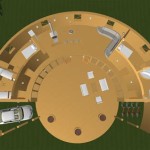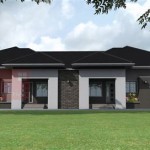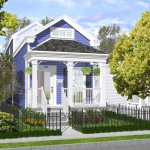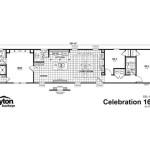Essential Aspects of Craftsman House Plans by Frank Betz
Frank Betz was a renowned architect known for his contributions to the American Craftsman movement. His house plans are characterized by their harmonious blend of artistry, functionality, and natural materials. Understanding the essential aspects of these plans is crucial when contemplating building a home in the Craftsman style.
### 1. Organic Lines and FormsCraftsman homes designed by Betz feature organic lines and forms that evoke a sense of harmony with nature. Sloping roofs, overhanging eaves, and asymmetrical facades create a welcoming and inviting atmosphere. The absence of sharp corners and excessive ornamentation emphasizes the natural flow and balance of the design.
### 2. Emphasis on Natural MaterialsTrue to the Craftsman ethos, Betz's house plans prioritize the use of natural materials. Wood, stone, and brick are prominent throughout the design, reflecting a deep respect for the beauty and durability of these elements. These materials create a warm and inviting ambiance that ages gracefully over time.
### 3. Functional Floor PlansCraftsman homes by Frank Betz are known for their well-thought-out floor plans that seamlessly combine livability and aesthetics. Open and airy interiors promote a sense of spaciousness, while built-in storage and fireplaces provide both comfort and convenience. The floor plans are often designed around the concept of indoor-outdoor living, featuring patios or porches that extend the living space into the surrounding environment.
### 4. Craftsman Style DetailsBetz's Craftsman house plans incorporate signature details that distinguish them from other architectural styles. Exposed rafters and beams add a touch of rustic charm to the interiors, while built-in buffets and cabinets showcase the beauty of handcrafted woodwork. Wide porches with tapered columns and stone or brick accents create a classic and inviting entryway.
### 5. Integration with NatureFrank Betz believed in the importance of connecting homes with their natural surroundings. His house plans often feature large windows that offer panoramic views of the landscape. The use of natural materials and organic forms helps to blur the boundaries between the interior and exterior, creating a sense of tranquility and harmony.
### 6. Timeless AppealCraftsman houses designed by Frank Betz have stood the test of time, maintaining their popularity and relevance over the years. Their timeless appeal lies in their combination of traditional charm, functional design, and enduring beauty. These homes evoke a sense of nostalgia while offering all the modern amenities and conveniences.
### 7. Customization OptionsWhile Frank Betz's house plans provide a solid foundation for building a Craftsman home, they are also flexible and customizable. Architects and designers can work with clients to modify the plans to suit specific needs and preferences. This flexibility allows for the creation of unique homes that reflect the individuality of the homeowner while staying true to the principles of the Craftsman style.
In conclusion, the essential aspects of Frank Betz's Craftsman house plans include organic lines and forms, emphasis on natural materials, functional floor plans, Craftsman style details, integration with nature, timeless appeal, and customization options. Understanding these elements is crucial for those considering building a home that embodies the beauty, functionality, and enduring legacy of the Craftsman style.

How To Do A Craftsman House Plan Right Frank Betz Associates

Altamonte House Floor Plan Frank Betz Associates

Maplewood House Floor Plan Frank Betz Associates

Pepperdine House Floor Plan Frank Betz Associates

Northfield Manor House Floor Plan Frank Betz Associates

Astoria Mill House Floor Plan Frank Betz Associates

Souders Pointe House Floor Plan Frank Betz Associates

Kershaw House Floor Plan Frank Betz Associates

Blantons Trace House Floor Plan Frank Betz Associates

Selwyn Park House Floor Plan Frank Betz Associates








